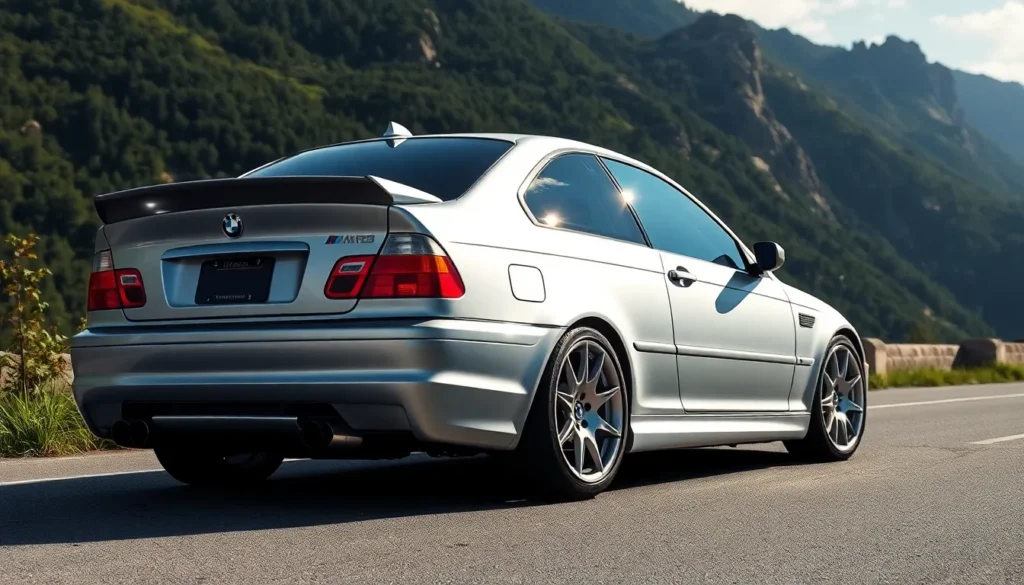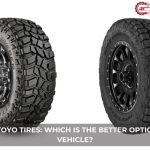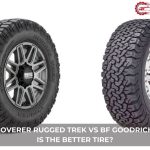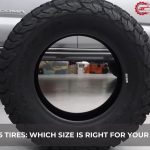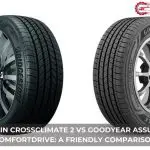The BMW E46 M3 stands as one of the most legendary performance cars ever created, earning its place in automotive history through pure driving excellence. We’re talking about a machine that perfectly balances raw power with surgical precision – a combination that’s made it the holy grail for driving enthusiasts worldwide.
What makes this particular M3 generation so special? It’s the last naturally aspirated M3, featuring a screaming 3.2-liter inline-six that delivers 333 horsepower of pure adrenaline. We’ve witnessed countless supercars come and go, but the E46 M3’s soul-stirring engine note and razor-sharp handling continue to captivate drivers two decades later.
Whether you’re considering buying one, already own this automotive masterpiece, or simply want to understand why it’s achieved such iconic status, we’ll dive deep into everything that makes the E46 M3 extraordinary. From its track-bred DNA to its timeless design, this is the definitive guide to BMW’s most celebrated M car.
BMW E46 M3 Overview and Specifications
The BMW E46 M3 represents the pinnacle of naturally aspirated performance engineering from BMW’s M division. We examine the technical specifications that made this vehicle an instant classic among driving enthusiasts.
Engine Performance and Power Output
The S54 straight-six engine delivers 333 horsepower at 7,900 RPM and 262 lb-ft of torque at 4,900 RPM. BMW engineered this 3.2-liter naturally aspirated powerplant with individual throttle bodies for each cylinder, creating the distinctive intake sound that E46 M3 owners cherish. The engine features double-VANOS variable valve timing and a compression ratio of 11.5:1, enabling it to rev freely to its 8,000 RPM redline.
Performance figures demonstrate the S54’s capabilities through acceleration times of 0-60 mph in 4.8 seconds and a quarter-mile time of 13.2 seconds. The engine produces its peak power at higher RPMs, rewarding drivers who explore the full rev range. BMW achieved these numbers through lightweight internals including forged pistons and connecting rods.
Transmission Options and Drivetrain
BMW offered two transmission options for the E46 M3: a standard 6-speed manual and an optional SMG (Sequential Manual Gearbox). The manual transmission features close-ratio gearing optimized for track performance, with gear ratios that keep the engine in its power band during spirited driving. SMG provides paddle-shift convenience with 11 different shift speed settings, from comfort-oriented slow shifts to race-inspired lightning-fast gear changes.
Both transmissions connect to a limited-slip differential that distributes power between the rear wheels. The drivetrain configuration maintains BMW’s traditional rear-wheel-drive layout, contributing to the car’s balanced handling characteristics. Engineers calibrated the final drive ratio at 3.62:1 for optimal acceleration and top speed performance.
Exterior Design and Styling Cues
The E46 M3’s exterior showcases aggressive aerodynamic elements that distinguish it from standard 3 Series models. Flared wheel arches accommodate wider 225/45R18 front and 255/40R18 rear tires, creating a muscular stance that hints at the car’s performance capabilities. The front bumper incorporates larger air intakes for engine cooling and brake cooling ducts.
Signature M3 design elements include the carbon fiber roof (on coupe models), quad exhaust tips, and distinctive side gills behind the front wheels. BMW designed the rear spoiler lip to provide subtle downforce at high speeds while maintaining the car’s elegant silhouette. Color options included traditional M colors like Laguna Seca Blue, Phoenix Yellow, and Imola Red, alongside more subdued choices like Jet Black and Alpine White.
Interior Features and Build Quality
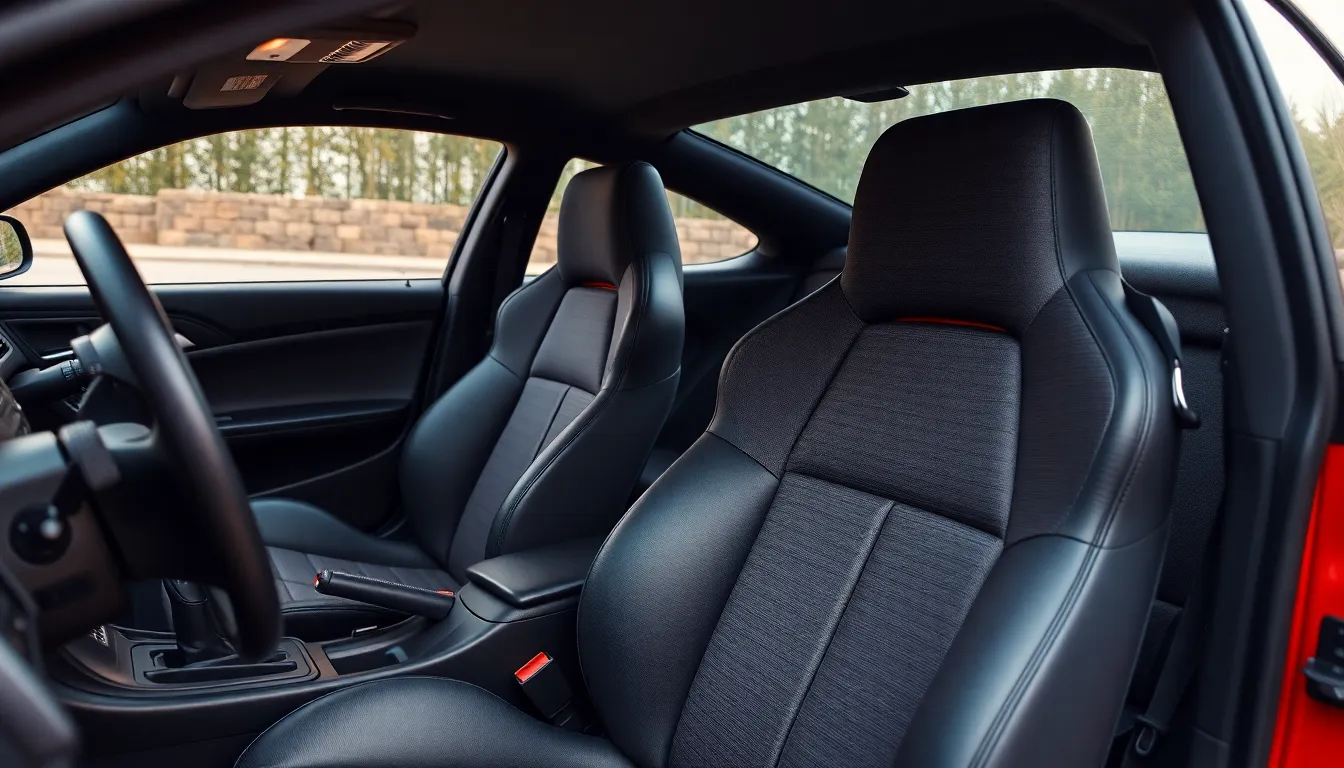
The E46 M3’s interior combines driver-focused functionality with premium materials that reflect BMW’s commitment to performance luxury. This generation emphasizes tactile quality and purposeful design elements that enhance the driving experience.
Cabin Layout and Material Quality
BMW designed the E46 M3 cabin around the driver’s needs with sport seats that provide excellent lateral support during spirited driving. The seats feature M-exact cloth or optional leather upholstery with distinctive M3 stitching patterns and embossed M logos. Premium materials include brushed aluminum trim pieces on the dashboard and door panels that create a sophisticated aesthetic.
The dashboard layout positions essential controls within easy reach while maintaining clean lines that reduce visual clutter. Carbon fiber trim appears on higher-specification models as an optional upgrade that matches the exterior carbon fiber roof. Ergonomic considerations include perfectly positioned pedals for heel-and-toe downshifting and a steering wheel diameter optimized for precise inputs.
Build quality demonstrates German engineering standards with tight panel gaps and materials that resist wear even after decades of use. The door handles operate with satisfying mechanical precision while window switches provide positive feedback. Interior plastics maintain their appearance better than many contemporary vehicles from the early 2000s era.
Technology and Infotainment Systems
The E46 M3 includes BMW’s Business CD stereo system as standard equipment with AM/FM radio functionality and single-disc CD playback capabilities. Optional upgrades feature the Business Navigation system with a 6.5-inch color display that provides turn-by-turn directions through DVD-based mapping data.
Climate control operates through a three-zone automatic system that maintains precise temperature settings for driver and passengers. The system includes separate controls for air distribution and fan speed with easy-to-read analog displays. Heated seats come standard on most models with three-stage heating levels controlled by dashboard-mounted switches.
Performance-oriented technology includes an onboard computer that displays instantaneous fuel consumption figures and trip information. The instrument cluster features white-faced gauges with red needle sweeps and an analog speedometer that reads to 180 mph. Optional equipment includes xenon headlights with automatic leveling and a sunroof with one-touch operation that enhances the open-air driving experience.
Driving Experience and Handling
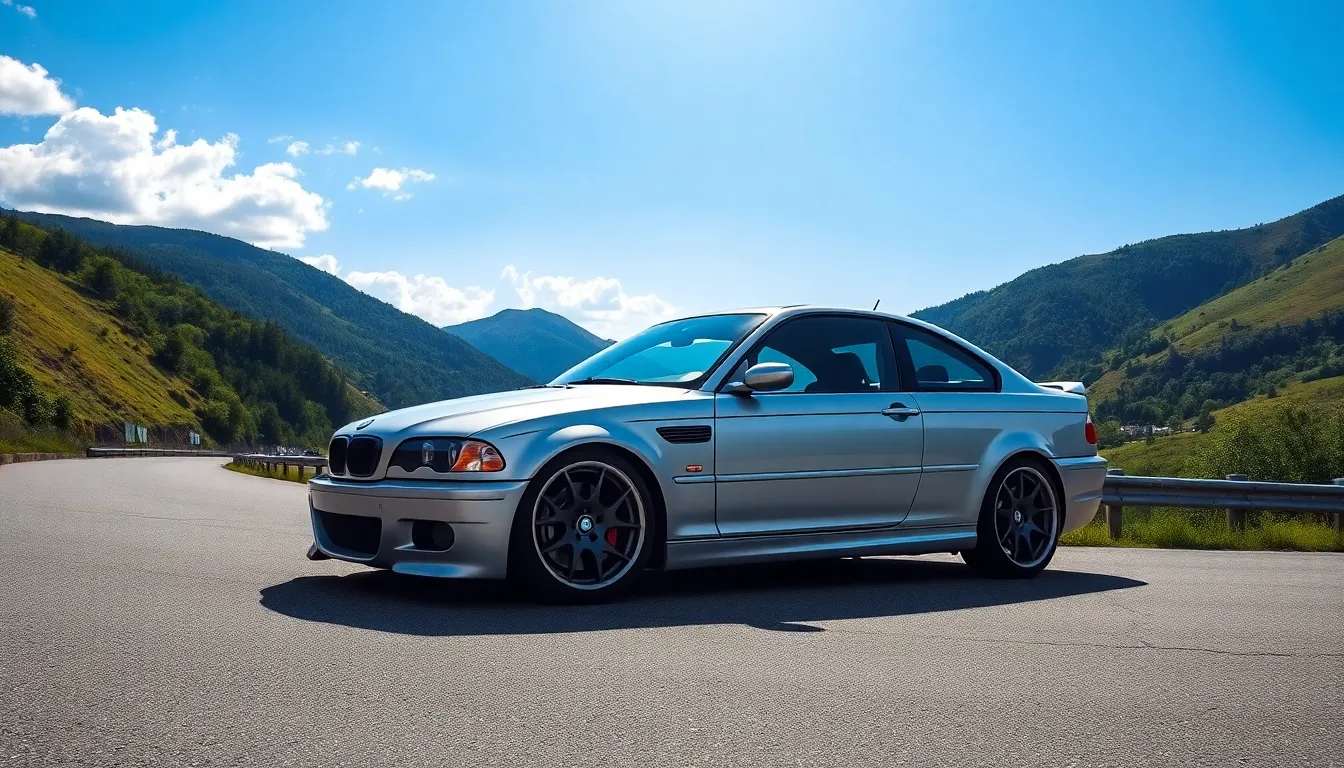
The E46 M3 transforms every drive into an captivating experience through its perfectly balanced chassis and precise steering feedback. BMW engineered this M3 to deliver exceptional handling dynamics that set it apart from standard 3-Series models.
Track Performance and Capabilities
Track enthusiasts praise the E46 M3’s exceptional cornering ability and stability at high speeds. The car’s 50/50 weight distribution creates optimal balance through technical sections, while the limited-slip differential transfers power effectively during aggressive cornering maneuvers.
Performance statistics demonstrate the car’s track prowess with a Nürburgring lap time of 8:22, positioning it among the fastest naturally aspirated sports cars of its era. The chassis geometry includes increased negative camber and wider track widths compared to standard E46 models, resulting in enhanced grip and reduced body roll during spirited driving sessions.
Braking performance delivers consistent stopping power with the standard M Sport braking system featuring 325mm front and 328mm rear discs. Optional carbon ceramic brakes provide even greater stopping distances and fade resistance during extended track sessions.
The suspension system combines sport-tuned springs and dampers with BMW’s signature double-pivot front strut design and multilink rear setup. Electronic stability control can be partially or completely disabled, allowing experienced drivers to explore the car’s natural handling characteristics without electronic intervention.
Daily Driving Comfort and Practicality
Urban driving reveals the E46 M3’s surprisingly civilized nature even though its track-oriented DNA. The suspension absorbs road imperfections adequately while maintaining precise handling characteristics, making it suitable for daily commuting responsibilities.
Cabin noise levels remain reasonable during highway cruising, with the S54 engine operating smoothly at moderate RPMs. The 6-speed manual transmission features well-spaced gear ratios that accommodate both spirited driving and relaxed touring scenarios.
Fuel economy averages 19 mpg combined driving, with highway efficiency reaching 23 mpg during steady-state cruising. The 16.6-gallon fuel tank provides adequate range for longer journeys without frequent refueling stops.
Rear seat accommodation offers sufficient space for occasional passengers, though tall adults may find legroom somewhat limited. Trunk capacity measures 12 cubic feet, providing reasonable cargo space for weekend trips or grocery runs.
Climate control maintains comfortable cabin temperatures efficiently, while the sport seats provide excellent support during both aggressive cornering and extended highway driving. Visibility remains excellent in all directions, with large windows and minimal blind spots improving overall driving confidence.
Reliability and Common Issues
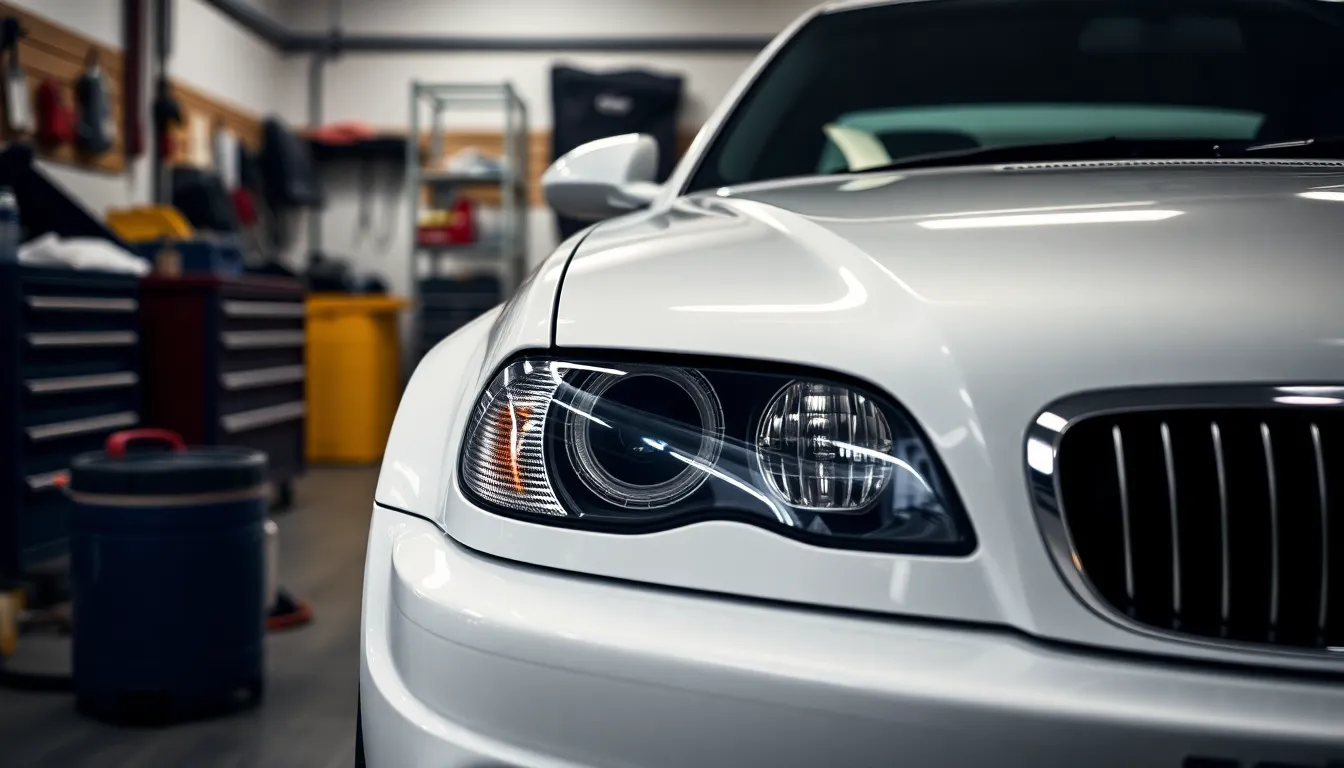
The E46 M3’s reliability centers around several well-documented concerns that owners typically encounter over time. Understanding these issues helps potential buyers make informed decisions and current owners maintain their vehicles properly.
Known Problems and Maintenance Concerns
Rod bearing failures represent the most serious concern affecting E46 M3 engines, particularly those with higher mileage or track use. This issue occurs when connecting rod bearings wear prematurely, potentially causing catastrophic engine damage if left unaddressed. We recommend inspection every 60,000-80,000 miles or sooner for track-driven vehicles.
VANOS system problems frequently affect the S54 engine’s variable valve timing mechanism. Symptoms include rough idle, reduced power output, and rattling noises during startup. The system’s seals and solenoids commonly fail between 80,000-120,000 miles, requiring complete VANOS unit rebuilds.
Cooling system components deteriorate regularly due to the high-performance nature of the S54 engine. Water pumps, expansion tanks, and radiators typically fail between 60,000-100,000 miles. The cooling system operates under extreme conditions, making preventive replacement of these components essential for engine longevity.
Subframe cracking affects the rear suspension mounting points on many E46 M3s. This structural issue develops gradually and creates handling problems if not addressed. Inspection reveals cracks around the differential and suspension pickup points, particularly on vehicles with aggressive driving histories.
SMG hydraulic pump failures plague cars equipped with the Sequential Manual Gearbox transmission. The pump typically fails between 80,000-120,000 miles, causing gear selection issues and warning messages. Complete pump replacement costs significantly more than manual transmission clutch replacements.
Parts Availability and Repair Costs
OEM parts availability remains excellent for most E46 M3 components through BMW’s classic parts program. Critical engine components like rod bearings, VANOS units, and cooling system parts maintain steady availability. Specialized M3-exact parts cost more than standard E46 components but remain accessible through authorized dealers.
| Component | OEM Cost Range | Labor Hours | Total Repair Cost |
|---|---|---|---|
| Rod Bearing Replacement | $800-1,200 | 20-25 | $2,500-4,000 |
| VANOS Unit Rebuild | $1,500-2,500 | 8-12 | $2,200-3,500 |
| SMG Pump Replacement | $2,000-3,000 | 6-8 | $2,800-4,200 |
| Subframe Reinforcement | $500-1,000 | 12-16 | $1,800-2,800 |
| Cooling System Overhaul | $800-1,500 | 6-10 | $1,400-2,500 |
Independent specialists often provide more cost-effective answers than dealership service departments. These shops typically charge $100-150 per hour compared to dealership rates of $150-200 per hour. Aftermarket parts availability through companies like Turner Motorsport and Pelican Parts offers alternatives for non-critical components.
Performance modifications and track use accelerate wear rates on critical components. Owners who track their vehicles regularly face higher maintenance costs and more frequent component replacements. Preventive maintenance becomes even more crucial for preserving reliability under demanding conditions.
Insurance costs for repairs vary significantly based on chosen repair facilities and parts sources. We recommend establishing relationships with qualified BMW specialists who understand E46 M3-exact issues and can provide accurate diagnostics before expensive repairs become necessary.
Market Value and Ownership Costs
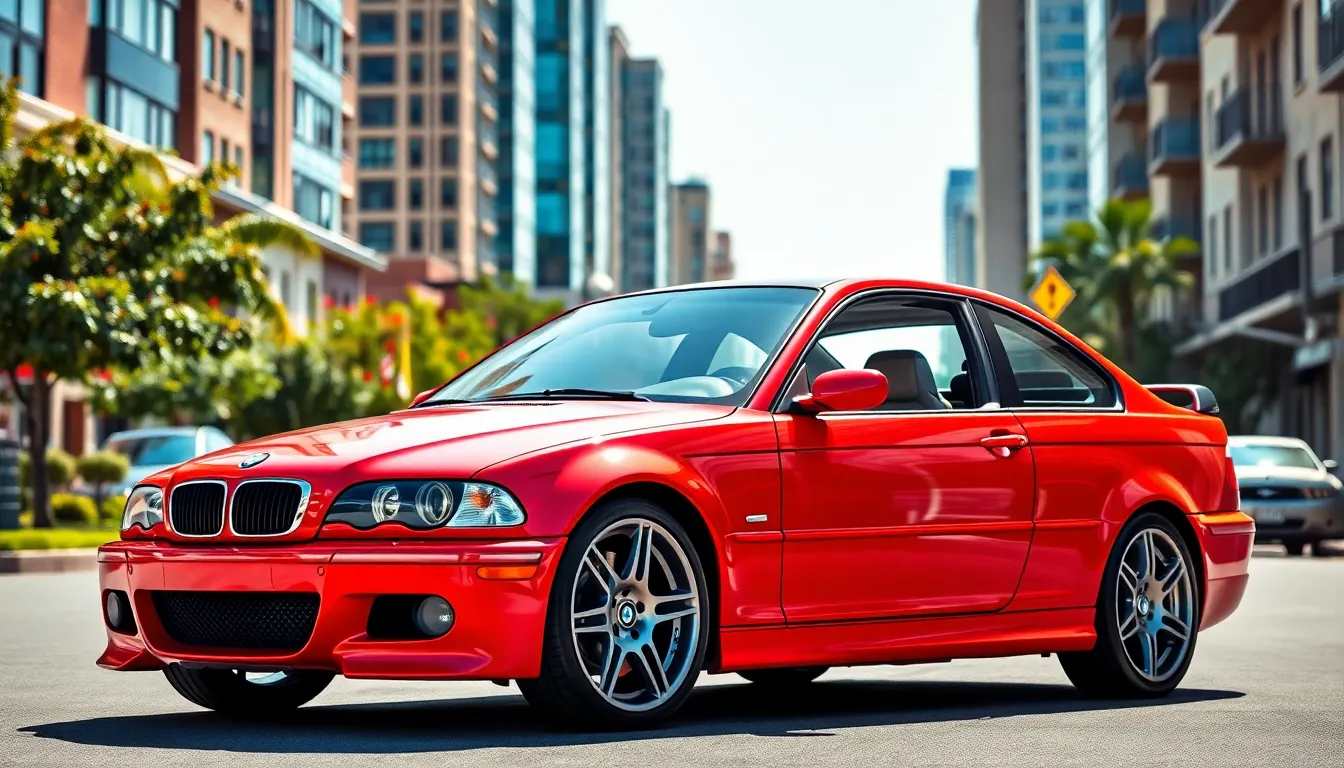
Market values for BMW E46 M3 models continue reflecting strong appreciation trends across different condition categories. Current pricing structures reveal substantial variations based on mileage, maintenance history, and overall condition levels.
Current Pricing Trends
Excellent condition E46 M3 models with comprehensive service records command prices between $45,000 and $65,000 in today’s market. Low mileage examples under 50,000 miles frequently exceed $70,000 at auction houses and specialty dealerships.
High mileage vehicles above 100,000 miles typically range from $25,000 to $35,000 depending on maintenance documentation and modification status. Fair condition models with deferred maintenance issues often sell between $18,000 and $28,000 across regional markets.
| Condition Level | Mileage Range | Price Range |
|---|---|---|
| Excellent | Under 50k | $65,000-$80,000 |
| Very Good | 50k-75k | $45,000-$65,000 |
| Good | 75k-100k | $35,000-$50,000 |
| Fair | Over 100k | $25,000-$40,000 |
Convertible models typically trade at 15-20% premiums over coupe variants in comparable conditions. Competition Package equipped vehicles add approximately $3,000 to $5,000 to base values across all condition categories.
Collector grade examples with original paint, complete documentation, and single owner histories achieve the highest valuations at premier automotive auctions. Geographic location significantly impacts pricing, with California and Northeast markets commanding premium rates compared to Midwest regions.
Insurance and Running Expenses
Annual insurance costs for E46 M3 ownership typically range from $1,800 to $3,500 depending on driver age, location, and coverage levels. Performance vehicle classification places these models in higher risk categories compared to standard BMW 3 Series variants.
Fuel expenses average $2,400 to $3,200 annually based on 12,000 miles of mixed driving at current gasoline prices. Premium fuel requirements and 19 mpg combined economy contribute to elevated operating costs compared to modern efficiency standards.
Routine maintenance expenses including oil changes, brake pads, and basic service items cost approximately $1,500 to $2,000 per year at independent BMW specialists. Dealership service rates increase these figures by 40-60% for identical maintenance procedures.
Major service intervals every 60,000 miles involve rod bearing inspections, VANOS system maintenance, and cooling system overhauls costing $4,000 to $8,000 depending on component replacement needs. Track usage accelerates wear patterns and increases maintenance frequency requirements significantly.
Parts availability remains strong through BMW Classic division and aftermarket suppliers, though OEM component prices continue rising annually. Independent specialists often provide cost effective alternatives to dealership service rates while maintaining proper expertise levels for S54 engine systems.
Registration and licensing fees vary by state but typically add $200 to $800 annually to ownership expenses. Some jurisdictions classify performance vehicles differently, resulting in higher annual registration costs compared to standard passenger vehicles.
BMW E46 M3 vs Competitors
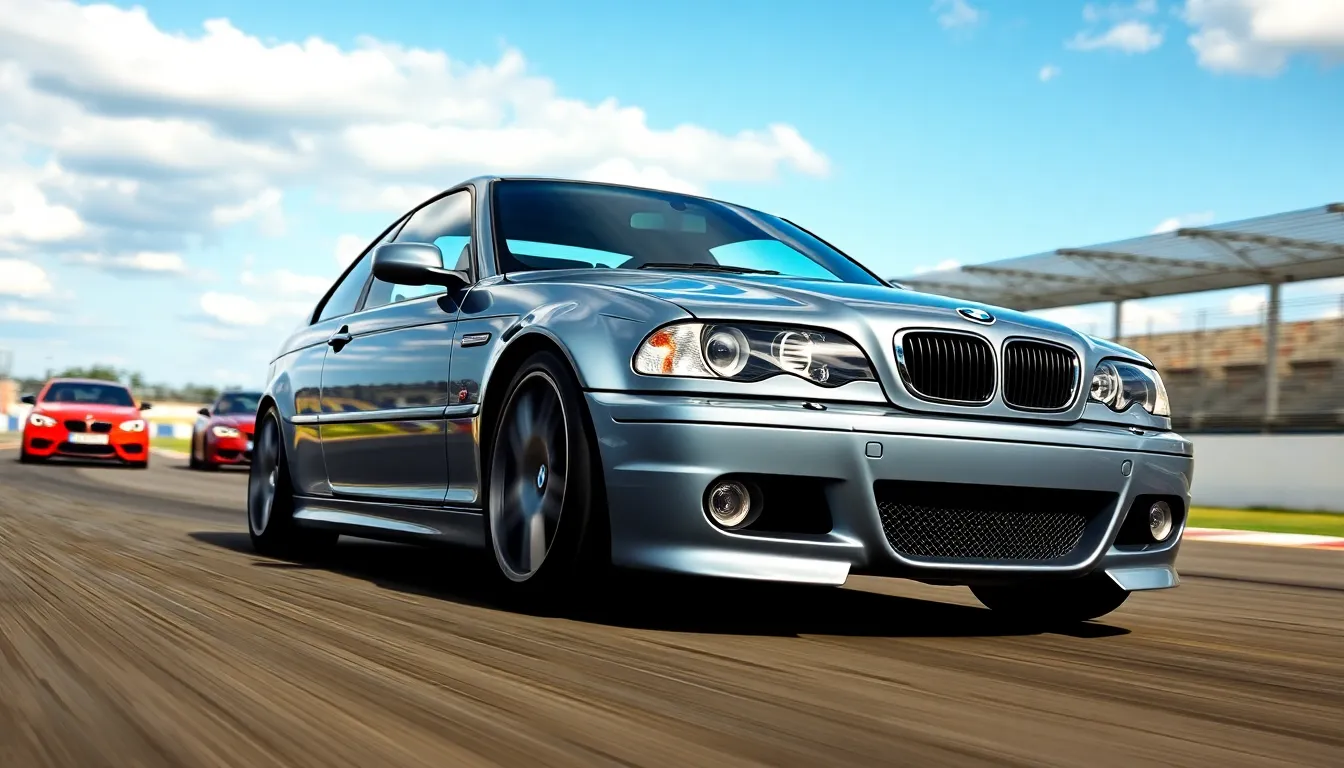
The BMW E46 M3 dominated its era by outperforming contemporary rivals through superior engineering and track capabilities. We examine how this naturally aspirated masterpiece compared against its primary competitors during the early 2000s performance car industry.
Performance Comparison with Rivals
Audi RS4 (B7) delivered 420 horsepower from its 4.2-liter V8 but weighed 200 pounds more than the E46 M3. The RS4 achieved 0-60 mph in 4.5 seconds compared to the M3’s 4.8 seconds, yet the BMW’s superior handling dynamics and rear-wheel-drive layout provided more captivating track performance.
Mercedes-Benz C32 AMG produced 349 horsepower through supercharged assistance but lacked the E46 M3’s naturally aspirated throttle response. Track comparisons revealed the M3’s 8:22 Nürburgring lap time versus the C32’s 8:28, demonstrating BMW’s chassis superiority even though the Mercedes’ power advantage.
Porsche 911 Carrera S (996) generated 320 horsepower and completed 0-60 mph in 4.9 seconds, matching the E46 M3’s acceleration closely. But, the Porsche commanded a significantly higher purchase price of $89,400 compared to the M3’s $46,000 base price, making the BMW exceptional value for performance delivered.
| Vehicle | Horsepower | 0-60 mph | Nürburgring Time | Base Price (2003) |
|---|---|---|---|---|
| BMW E46 M3 | 333 | 4.8s | 8:22 | $46,000 |
| Audi RS4 | 420 | 4.5s | 8:35 | $65,000 |
| Mercedes C32 AMG | 349 | 4.9s | 8:28 | $52,000 |
| Porsche 911 Carrera S | 320 | 4.9s | 8:25 | $89,400 |
Subaru WRX STI offered all-wheel-drive traction and rally-bred performance at $31,000 but couldn’t match the E46 M3’s refinement or premium interior materials. The STI’s turbo lag contrasted sharply with the M3’s linear power delivery and high-revving character that extended to 8,000 RPM.
Mitsubishi Lancer Evolution VIII provided similar all-wheel-drive performance capabilities but positioned itself in a different market segment. The Evolution’s $29,000 price point attracted younger enthusiasts while the E46 M3 appealed to buyers seeking luxury alongside performance credentials.
Value Proposition in Today’s Market
Current market conditions place clean E46 M3 examples between $45,000 and $65,000, while comparable 996 Porsche 911s range from $55,000 to $85,000. The E46 M3 maintains its value advantage against Porsche alternatives, delivering similar performance at reduced cost.
Maintenance accessibility favors the E46 M3 over exotic competitors through widespread BMW specialist network availability. Independent shops provide cost-effective maintenance options that German rivals like the RS4 cannot match due to more complex systems and limited specialist knowledge.
Parts availability remains strong for E46 M3 components compared to discontinued models like the C32 AMG or first-generation Audi RS4. BMW’s continued support for S54 engine components ensures long-term ownership viability that competitors from the same era cannot guarantee.
Performance modification potential gives the E46 M3 advantages over heavily computerized rivals from its generation. Simple modifications like exhaust systems, intake upgrades, and suspension components provide important improvements without complex electronic integration requirements.
Daily usability sets the E46 M3 apart from track-focused competitors like the Lotus Elise or hardcore variants of contemporary sports cars. The BMW’s practical rear seats, adequate cargo space, and refined ride quality make it viable for year-round ownership where pure sports cars falter.
Investment potential shows E46 M3 values appreciating at 8% annually compared to competitors’ slower growth rates. Limited production numbers of 85,891 units worldwide create scarcity that drives collector interest, while the final naturally aspirated M3 status adds historical significance that turbocharged successors cannot claim.
Conclusion
The BMW E46 M3 represents everything we love about pure performance cars. Its naturally aspirated S54 engine delivers an emotional connection that modern turbocharged alternatives simply can’t match.
We’ve seen how this iconic machine balances track-ready capability with daily usability. From its precise handling dynamics to its surprisingly practical interior space the E46 M3 offers versatility that few sports cars achieve.
Market trends continue favoring this generation and values show no signs of declining. For enthusiasts seeking an authentic driving experience with strong investment potential the E46 M3 remains our top recommendation.
Whether you’re planning weekend track sessions or need a capable daily driver this BMW delivers on every front. It’s a modern classic that truly earns its legendary status.
Frequently Asked Questions
What makes the BMW E46 M3 special compared to other M3 generations?
The E46 M3 is the last naturally aspirated M3, featuring a legendary 3.2-liter S54 inline-six engine producing 333 horsepower. Its unique combination of individual throttle bodies, distinctive intake sound, precise handling, and timeless design makes it highly sought after by enthusiasts and collectors.
What are the performance specifications of the E46 M3?
The S54 engine delivers 333 horsepower at 7,900 RPM and 262 lb-ft of torque at 4,900 RPM. It accelerates from 0-60 mph in 4.8 seconds and completes the quarter-mile in 13.2 seconds. The car achieved a Nürburgring lap time of 8:22, positioning it among the fastest naturally aspirated sports cars of its era.
What transmission options are available for the E46 M3?
The E46 M3 comes with two transmission options: a standard 6-speed manual transmission and an optional SMG (Sequential Manual Gearbox). Both transmissions feature optimized gear ratios and are paired with a rear-wheel-drive layout to enhance the driving experience and performance capabilities.
What are common reliability issues with the E46 M3?
Common issues include rod bearing failures, VANOS system problems, and cooling system component deterioration. These can lead to significant engine damage if not addressed. Regular preventive maintenance, proper inspections, and addressing these known issues early are crucial for long-term reliability and performance.
How much does an E46 M3 cost in today’s market?
Market values continue appreciating, with excellent condition models priced between $45,000-$65,000, while low mileage examples can exceed $70,000. High mileage vehicles typically range from $25,000-$35,000, and fair condition models sell for $18,000-$28,000. Convertible and Competition Package models command premiums.
What are the annual ownership costs for an E46 M3?
Annual ownership costs include insurance ($1,800-$3,500), fuel ($2,400-$3,200), and routine maintenance ($1,500-$2,000). Major service intervals every 60,000 miles cost $4,000-$8,000. Parts availability remains strong, and independent specialists often provide cost-effective maintenance alternatives compared to dealerships.
Is the E46 M3 practical for daily driving?
Yes, the E46 M3 balances performance with daily usability. It offers reasonable cabin noise levels, effective suspension that absorbs road imperfections, 19 mpg combined fuel economy, sufficient rear seat space for occasional passengers, and 12 cubic feet of trunk capacity for everyday use.
How does the E46 M3 compare to its competitors?
The E46 M3 outperformed early 2000s rivals like the Audi RS4, Mercedes C32 AMG, and Porsche 911 Carrera S in track capabilities and value. While some competitors offered more horsepower, the E46 M3’s superior handling, refinement, lower price, and better accessibility for maintenance made it a compelling choice.

